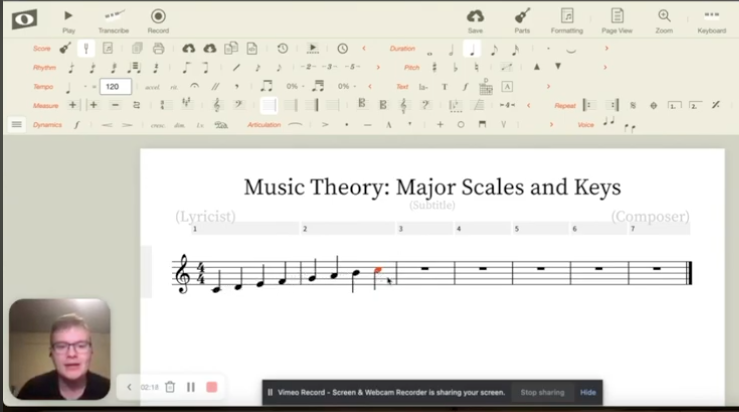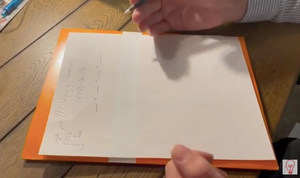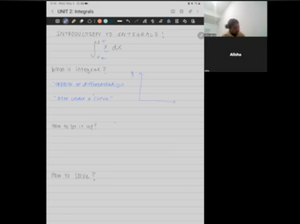Connect with Kaleb
Hello. All right, so this section of music theory, we're gonna be talking about major scales and eventually major key signatures or keys. Now if you are in music theory, you're most likely in band choir or some form of ensemble where you're playing this commit sing. And because of that, you've most likely have heard a major. It goes like this. Most of the you've sing it down, play it downwards. All right. So yes, most of us can play or seeing a major scale, but how are they constructed? Well, there is a particular foundation for how a major scale is formed. And it goes like this.

W stands for whole. So we have whole, whole is half step whole finally half. Now this final half step is the t do. Assuming that we repeat the top note, do that was wrong. It's basically assuming that we do in fact play or sing the top note, this final half step will finish out our scale. So let's go ahead and see how it looks on, uh, musical notation. Now the most basic, uh, scale or key signature is C major. It doesn't have any flats, ORs, otherwise known as accidents. Let's go ahead and start with C. Now, as you could hear, while I was building that scale, it sounded exactly like a major skill, and that's because we don't have any accidentals on this notation. Let's go ahead and write in how we're formula for, major skills. Does someone remember the order for full and half steps and can they read them off to me? Yeah, go for it. Excellent job. My AirPod just fell. Isn't that Lovely? I don't know where it went. That's ok. I need, you can ahead and reference this up here at the top whenever we need. Let's, and build a different major, this framework. Let's start major now using this framework. Let's start what's a whole step above F, G? Very good.
Now how about a whole step above g a? Beautiful. All right. This one can be tricky. Half step above a B flat. Excellent job. Note, note, like plays the note even though I don't want it to play A B, natural. All right, now a whole step above B flat C, very good above C, D above D, E, and and a half step above E would bring us back to now obviously you don't really need to know what a half step above this E or this B is cause it's just our tonic, our first note in the scale. Excellent job. Now I want you on your own, on your paper or in note on a different tab. So go ahead and write a major scale starting on G. All right, take the time to do that. Right? So the students will obviously on their own do this. I would most likely recommend that they get the software that I'm, and it is a free software that only requires, um, an online account. You don't need to download anything. It does not take up space on the computer. And it's very quick, very easy to use in my opinion. And so they would most likely use this to save paper and it's easy access to staff paper, which many students might not have access to. Right? So, now we go ahead and continue on with whatever students.

Me. All right. Who can give me the major scale? Yeah, it Almost, you were very close with that one. Could someone help them out? Yeah, go for it. Correct. You would add F sharp. That's because a whole step above E is F sharp, half step above F sharp would be G. All right. All right. Let's go ahead and listen to it and just go ahead and double check that we're correct. There we go. Awesome. Awesome job. You all. All right, cool. Now that we have a good foundation on how to build, we can move on to building different key signatures. All right, I'm gonna go ahead and stop this video here. Because key signatures would just add on another 10 minutes, but I hope you enjoyed this mock lesson. Thank you so much.






